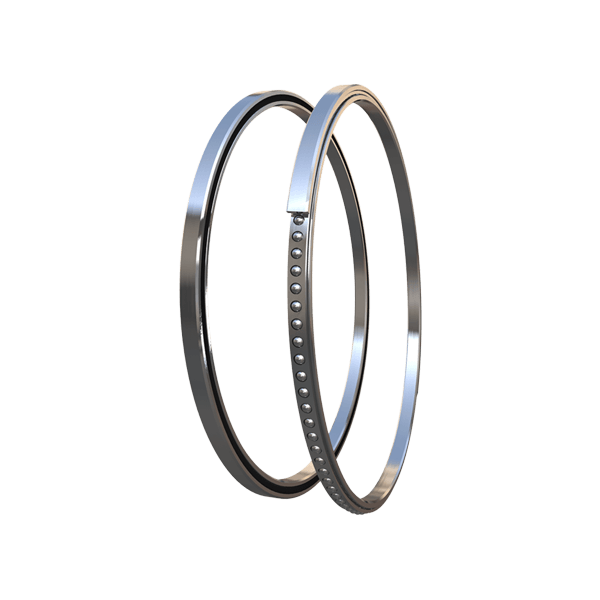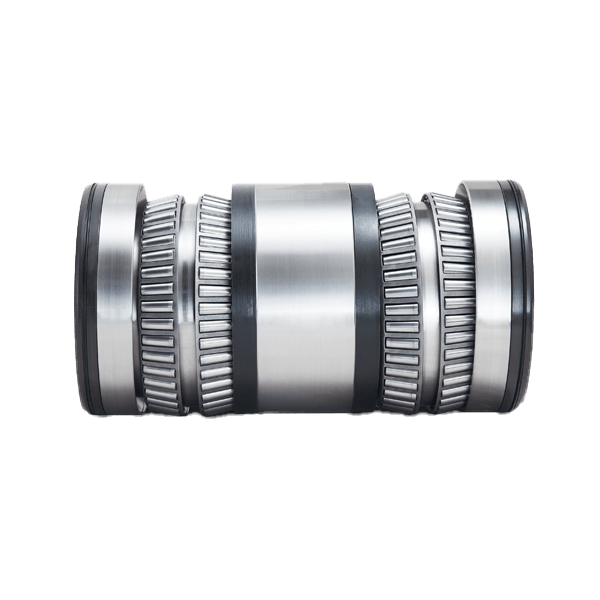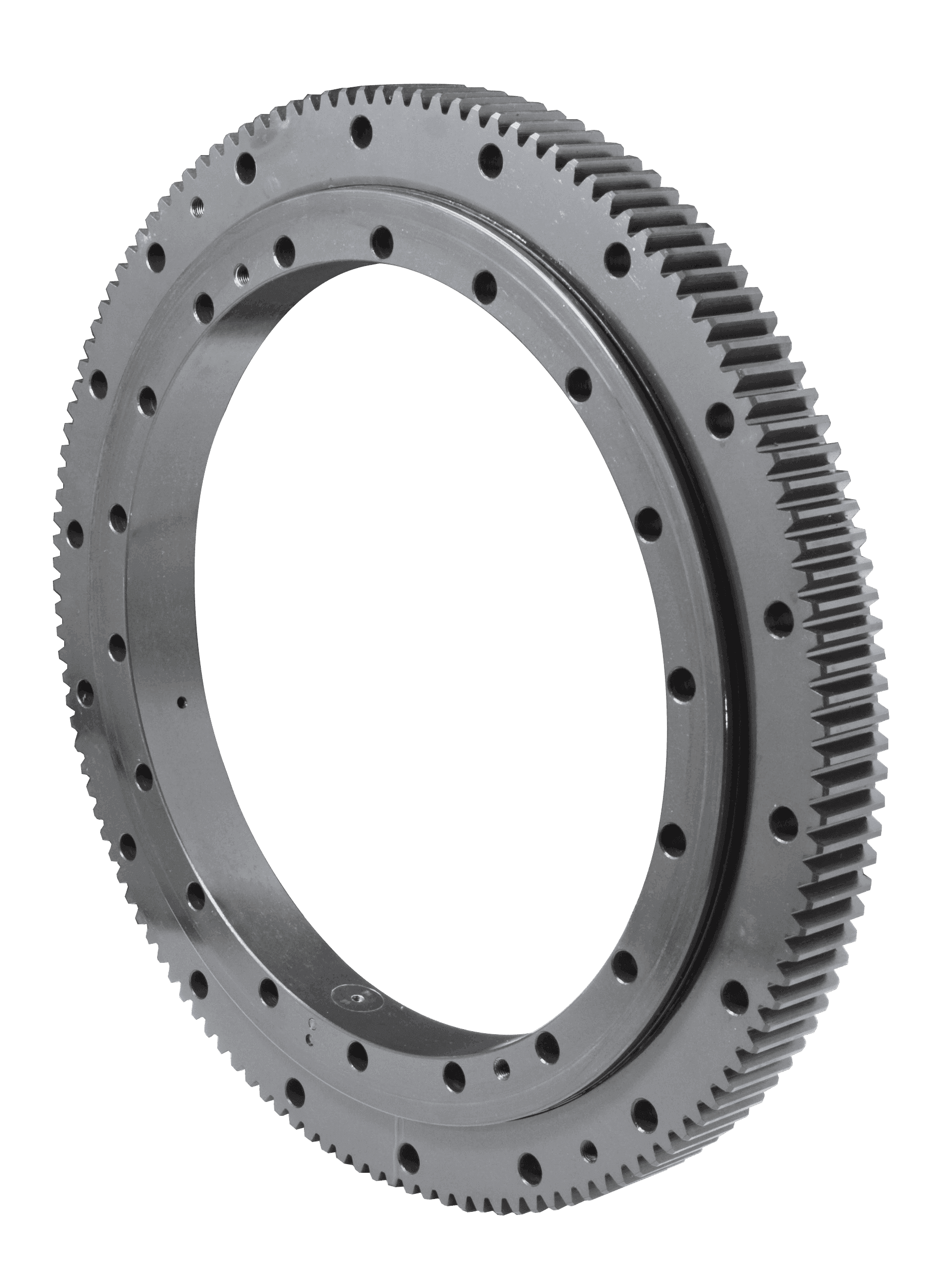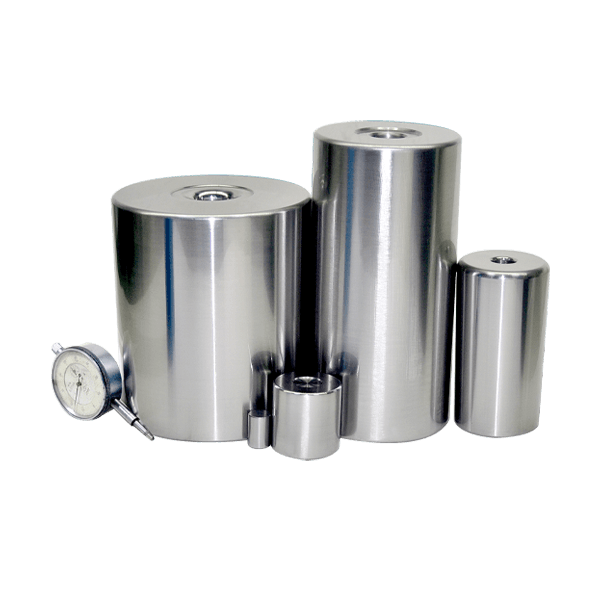1. Reason for fatigue peeling failure
The fatigue spalling failure of rolling bearings cannot be completely avoided. If the bearing installation is not correct enough, the lubrication is poor, the external medium invades, the ambient temperature is too high, and the load is too large, it will greatly shorten the bearing life. The fatigue peeling of bearings is caused by the repeated action of external alternating stress, resulting in cracks or damage to the working surface of the bearing under or on the surface, and continuing to propagate with the cracks. Fatigue spalling failure is closely related to the working surface condition and load capacity of the bearing, and is also closely related to the quality of the lubricating oil film. Research has shown that the ratio of the lifespan of working bearings under conditions of good oil film (thick oil film, high cleanliness) and poor oil film (thin oil film, dirty) is 400:1. The formation of elastic fluid dynamic pressure lubrication plays an important role in the operation of rolling bearings, significantly improving their lifespan and reliability.
Experiments have shown that when the oil film thickness is 3-4 times the surface roughness value of the contact body, the bearing life can be increased by more than 1 time.
2. Wear and tear failure
The cumulative total number of revolutions worked before bearing wear and failure, or the number of working hours at a certain speed, is usually referred to as the wear life of the bearing. There is sliding friction between the rolling elements and the raceway of the ring, between the cage pocket and the rolling elements, and between the ring and the guide surface of the cage inside the rolling bearing, which can cause wear of the bearing parts. When hard particles, dirt, and oxides enter the bearing, wear becomes more severe. As a result, the surface quality of the bearing parts deteriorates, the rotational accuracy decreases, the clearance increases, the vibration noise increases, and ultimately leads to failure. Bearings used in metal cutting machines, motors, construction machinery, agricultural machinery, etc. are prone to metal powder, oxides, sand particles, and dirt infiltration, often exhibiting abrasive wear characteristics. At this time, the wear life of bearings is much shorter than their fatigue life. A clean lubricant and a good seal can effectively reduce wear and tear.
Micro motion wear refers to the repeated and micro vibration sliding wear that occurs at high contact stress between the rolling element and the raceway contact surface, resulting in a regular distribution on the raceway, with a shape equivalent to the indentation on the Hertz pressure surface. Unlike typical plastic deformation, this form of failure generally occurs in the steering pin bearings of automobiles, as well as bearings in transportation machinery that travel on roads and railways with high vibration and impact.
3. Plastic indentation
When rolling bearings are subjected to excessive loads and impact loads, local plastic deformation or overall deformation will occur on the surface of the bearing parts. This plastic deformation occurs under the instantaneous impact of the load, causing severe vibration, noise, and temperature rise during the operation of the bearing. When selecting bearings, the safety factor of equivalent load Pr should be calculated based on the rated static load to avoid early
failure modes of this type of bearing.
4. Fracture Failure
Overloading of bearings, defects in bearings themselves, or bearing fractures caused by fatigue often result in sudden failure accidents. Overload may come from host failure or improper installation. The defects of the bearing itself may be caused by micro cracks in the bearing parts, large inclusions in the material, and the impact or vibration of the grinding burned ring, which can also cause fracture. When there are large fatigue spalling pits on the working surface, if subjected to impact load again, cracks will start from the weakest point of the pits, causing the bearing ring to fracture. Incorrect assembly methods, such as directly hammering the inner ring end face with a hammer, can cause local stress concentration in the inner ring and easily damage or rupture bearing components.
5. Corrosion Failure
The generation of rust spots and corrosion pitting on the metal surface of bearings is due to chemical or electrochemical reactions in environmental media (such as air, moisture, oxides in fuel and lubricating oil, etc.), including dielectric corrosion, organic acid corrosion, current corrosion, etc. The hard, brittle, and loose oxide film and corrosion reactants peel off under load, generating corrosion pits or causing unevenness on the working surface, resulting in corrosion wear or corrosion spalling fatigue.
6. Burns or grease failure
During the operation of rolling bearings, if there is sliding friction between the parts and the temperature rises sharply, the lubricant will fail, the metal surface structure will change, and in severe cases, metal adhesion and bearing jamming may occur. Typical burns often occur between the retaining edge of the short cylindrical roller bearing ring and the end face of the roller. In grease lubricated bearings, the aging of grease performance, drying up of grease, or leakage of grease can also cause poor lubrication, a sharp increase in friction temperature, and burns on the working surface, leading to bearing failure.
7. Failure of clearance change
During operation, bearings are affected by changes in external or internal factors, which alter the original fit clearance and reduce accuracy, even leading to seizure, known as clearance variation failure. If the organization and stress of bearing components are in an unstable state, their dimensions will change over time, causing the bearing to lose operational accuracy; Due to the different sizes and shapes of bearing components, the thermal expansion coefficient varies, resulting in different expansion amounts, which can reduce the working clearance of the bearing and cause early failure of bearing accuracy.















